Home>Renovation & DIY>Tools & Equipment>How To Take Care Of Paint Brushes
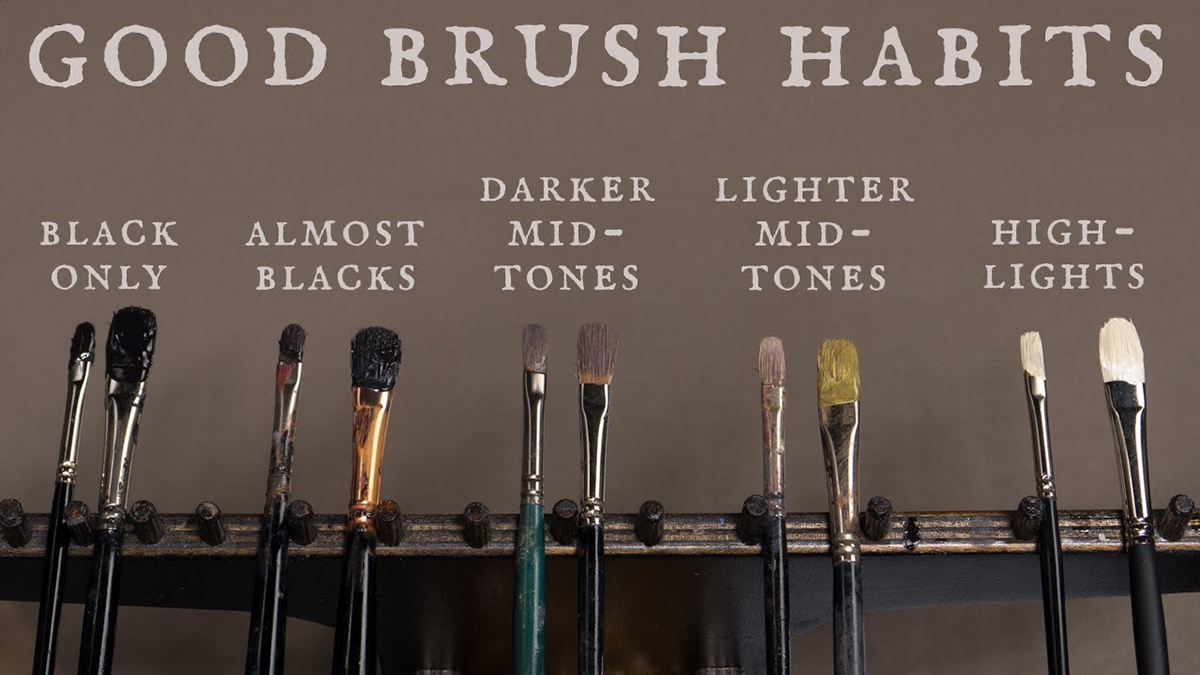

Tools & Equipment
How To Take Care Of Paint Brushes
Modified: January 7, 2024
Learn how to properly clean and store your paint brushes to ensure their longevity and optimal performance. Discover essential tips and techniques for maintaining your tools and equipment.
(Many of the links in this article redirect to a specific reviewed product. Your purchase of these products through affiliate links helps to generate commission for Storables.com, at no extra cost. Learn more)
Introduction
Taking care of your paint brushes is essential for ensuring their longevity and maintaining the quality of your artwork. Whether you're a professional artist, a DIY enthusiast, or a homeowner who enjoys occasional painting projects, knowing how to properly care for your paint brushes is crucial. By investing a little time and effort into maintaining your brushes, you can save money in the long run and achieve better results in your painting endeavors. From choosing the right paint brush to cleaning, storing, and maintaining it, each step plays a vital role in preserving the integrity of your tools and enhancing your painting experience. Let's delve into the world of paint brush care and discover the best practices to keep your brushes in top condition.
Key Takeaways:
- Choose the right paint brush by considering type, shape, size, and quality. This ensures optimal results and a more enjoyable painting experience.
- Properly clean, store, and maintain your paint brushes to preserve their quality, save money, and unleash your creativity with confidence.
Read more: How Long Does It Take For Floor Paint To Dry
Choosing the Right Paint Brush
When it comes to selecting the right paint brush, there are several factors to consider to ensure that you achieve the desired results in your painting projects.
- Brush Type: Different types of paint brushes are designed for specific uses. For example, natural bristle brushes, made from animal hair, are ideal for oil-based paints, while synthetic brushes are suitable for water-based paints. Consider the type of paint you'll be using before choosing the brush material.
- Brush Shape and Size: The shape and size of the brush impact the precision and coverage of your strokes. Flat brushes are great for broad strokes and filling in large areas, while round brushes are suitable for detailed work and creating fine lines. Select the appropriate size and shape based on the specific requirements of your painting project.
- Quality: Investing in high-quality brushes can significantly impact the outcome of your painting. Quality brushes hold more paint, provide better control, and offer improved durability. While they may come at a higher price, their longevity and performance make them a worthwhile investment.
- Handle Length: The length of the brush handle can affect your comfort and control while painting. Longer handles are suitable for easel work and broader strokes, while shorter handles provide better control for detailed work and close-up painting.
By carefully considering these factors, you can select the most suitable paint brush for your specific painting needs, ensuring optimal results and a more enjoyable painting experience.
Cleaning Paint Brushes
Properly cleaning your paint brushes after each use is essential for maintaining their quality and extending their lifespan. Whether you're working with oil-based or water-based paints, thorough cleaning is crucial to prevent bristles from hardening and ensure that your brushes remain in excellent condition for future use.
Here are the steps to effectively clean your paint brushes:
- Remove Excess Paint: Before cleaning, gently remove excess paint from the brush by wiping it against the rim of the paint can or using a rag or paper towel. This helps prevent paint buildup in the bristles and simplifies the cleaning process.
- Choose the Right Cleaner: Select a suitable cleaner based on the type of paint you used. For water-based paints, mild soap and water are usually sufficient. For oil-based paints, mineral spirits or paint thinner are commonly used for cleaning.
- Soak and Clean: Dip the brush into the appropriate cleaner and gently swirl it to loosen any remaining paint. For oil-based paints, you may need to repeat this step until the brush is thoroughly clean. If using soap and water, gently massage the bristles to create a lather and remove paint residue.
- Rinse and Repeat: After soaking, rinse the brush under running water or in a separate container of clean water. Repeat the process until the water runs clear and no paint residue remains in the bristles.
- Dry and Reshape: Once clean, gently squeeze out excess water and reshape the bristles to their original form. Avoid leaving brushes standing on their bristles, as this can cause them to bend or lose their shape. Instead, lay them flat or hang them to dry.
By following these cleaning steps diligently, you can ensure that your paint brushes remain in optimal condition, ready for your next painting venture.
After using a paint brush, clean it thoroughly with warm soapy water and reshape the bristles. Hang it to dry or store it flat to maintain its shape.
Storing Paint Brushes
Proper storage of paint brushes is essential for preserving their shape, preventing damage to the bristles, and ensuring they are ready for immediate use when needed. Whether you're taking a short break during a painting session or storing your brushes for an extended period, the way you store them can significantly impact their longevity and performance.
Consider the following tips for effectively storing your paint brushes:
- Keep Them Clean: Before storing your brushes, ensure they are thoroughly clean and free from any paint residue. Residual paint can harden the bristles and affect their flexibility and performance in future use.
- Protect the Bristles: To maintain the shape and condition of the bristles, consider using protective covers or sheaths specifically designed for paint brushes. These covers shield the bristles from damage and help retain their original form.
- Store Vertically: Whenever possible, store your brushes vertically with the bristles facing upward. This prevents the bristles from bending or becoming misshapen, especially when the brushes are still drying after cleaning.
- Avoid Compression: Refrain from storing your brushes in a way that compresses the bristles, as this can cause them to bend or lose their shape over time. If using a storage container or case, ensure that the bristles have enough space and are not cramped or flattened against other objects.
- Choose the Right Location: Store your brushes in a clean, dry area away from direct sunlight and extreme temperatures. Exposure to excessive heat or sunlight can cause the bristles to dry out and become brittle, while high humidity may lead to mold or mildew growth.
By following these storage practices, you can maintain the quality and integrity of your paint brushes, ensuring they are always in prime condition for your next artistic endeavor.
Maintaining Paint Brushes
Regular maintenance is key to ensuring that your paint brushes remain in optimal condition for the long term. By incorporating simple yet effective maintenance practices into your routine, you can prolong the life of your brushes and maintain their performance.
Consider the following tips for maintaining your paint brushes:
- Inspect and Clean Regularly: After each use, take the time to inspect your brushes for any residual paint or damage. Clean them promptly and thoroughly to prevent paint buildup and maintain the integrity of the bristles.
- Condition Natural Bristles: If you use natural bristle brushes, consider conditioning the bristles with a suitable brush conditioner or oil. This helps keep the bristles supple and prevents them from becoming dry and brittle over time.
- Reshape the Bristles: After cleaning, gently reshape the bristles to their original form. Use your fingers to straighten and align the bristles, ensuring that they dry in the correct position and maintain their shape.
- Trim and Retouch: Periodically inspect the tip of the bristles for any stray or frayed hairs. Use a pair of sharp scissors to carefully trim any damaged bristles, ensuring that the brush maintains a crisp and even edge for precise painting.
- Rotate and Alternate: If you frequently use the same brush for various colors or types of paint, consider rotating and alternating between different brushes to minimize wear and prevent excessive buildup of paint in a single brush.
- Invest in Quality: When adding new brushes to your collection, invest in high-quality options that are designed for durability and longevity. Quality brushes not only offer superior performance but also withstand regular use and maintenance more effectively.
By integrating these maintenance practices into your painting routine, you can ensure that your paint brushes remain in excellent condition, providing consistent performance and reliability for your artistic endeavors.
Read more: How To Restore Paint Brushes
Conclusion
Caring for your paint brushes is a fundamental aspect of nurturing your passion for painting and achieving exceptional results in your artistic pursuits. From selecting the right brushes to maintaining and storing them effectively, each step contributes to the longevity and performance of your valuable tools.
By choosing paint brushes that are well-suited to your painting techniques and materials, you set the foundation for successful and enjoyable painting experiences. Ensuring that your brushes are thoroughly cleaned, properly stored, and regularly maintained not only preserves their quality but also saves you time and money in the long run. The investment in caring for your brushes translates to improved performance, enhanced precision, and the ability to unleash your creativity with confidence.
Remember, the care and attention you devote to your paint brushes reflect your commitment to your craft and the value you place on the tools that bring your artistic visions to life. Whether you’re an aspiring artist, a seasoned professional, or a hobbyist, the care and maintenance of your paint brushes are essential practices that elevate the quality of your work and contribute to your overall artistic journey.
By incorporating these best practices into your painting routine, you can ensure that your paint brushes remain reliable companions, ready to help you express your creativity and bring your imagination to life on canvas, paper, or any surface that inspires you.
Frequently Asked Questions about How To Take Care Of Paint Brushes
Was this page helpful?
At Storables.com, we guarantee accurate and reliable information. Our content, validated by Expert Board Contributors, is crafted following stringent Editorial Policies. We're committed to providing you with well-researched, expert-backed insights for all your informational needs.
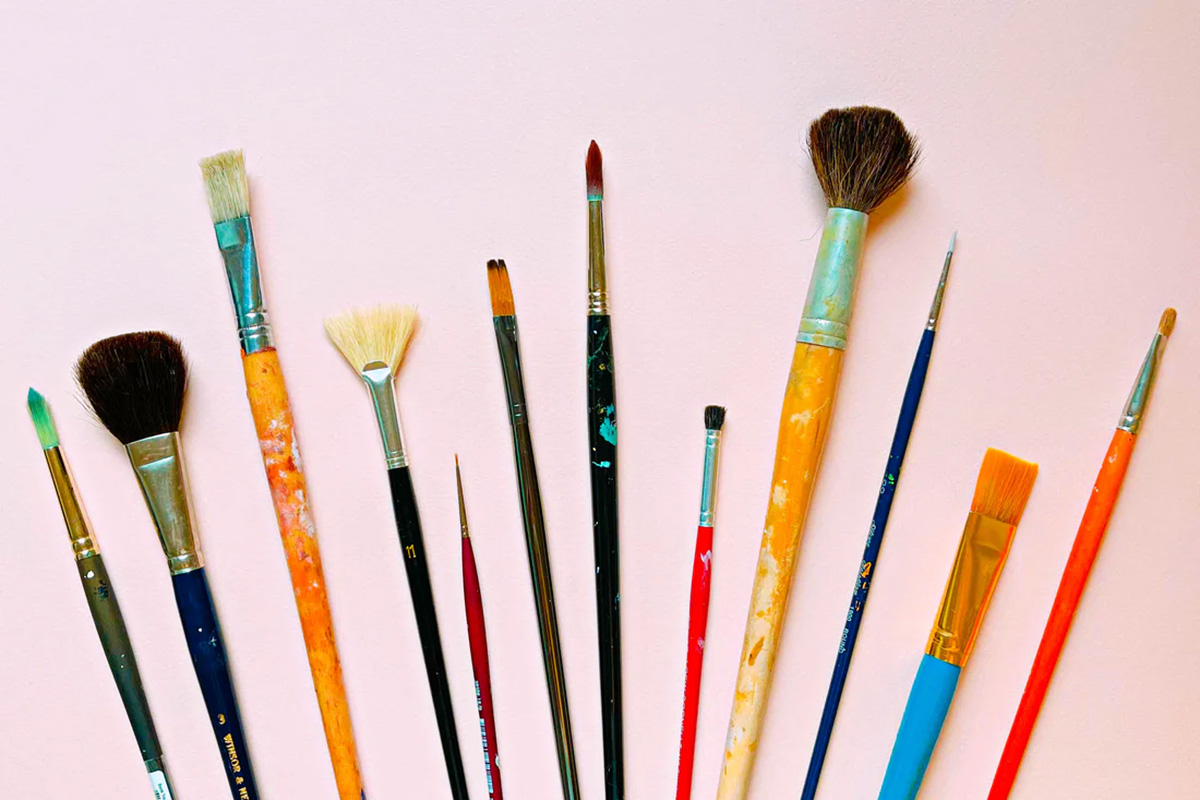
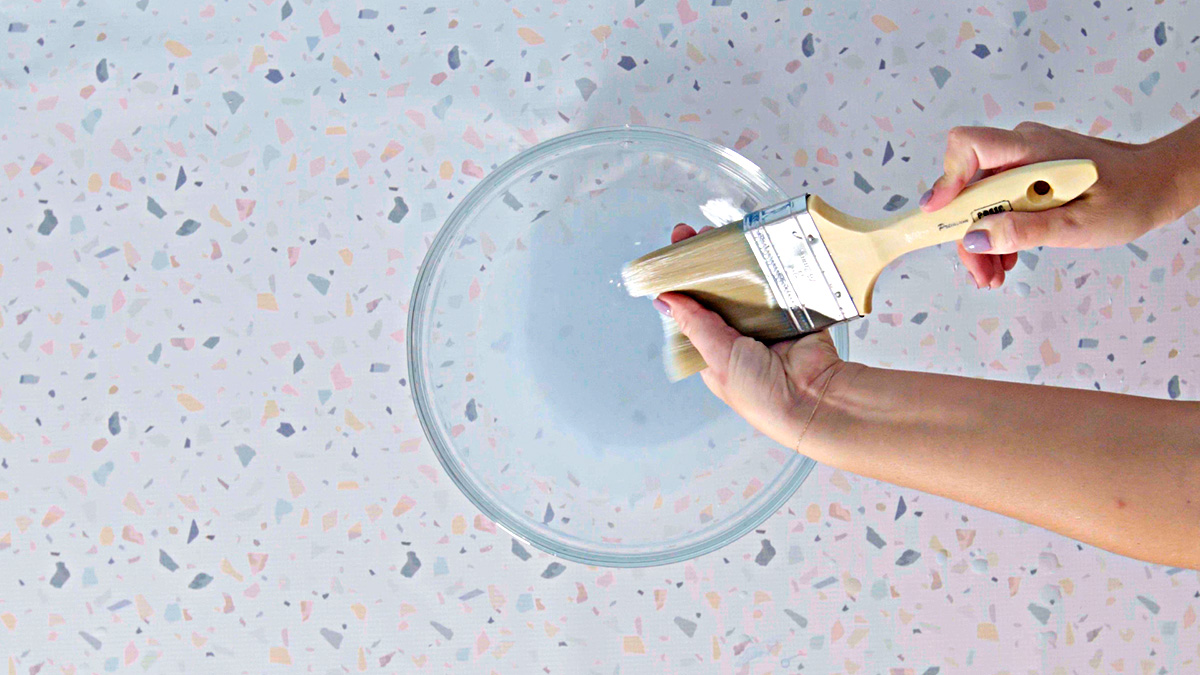
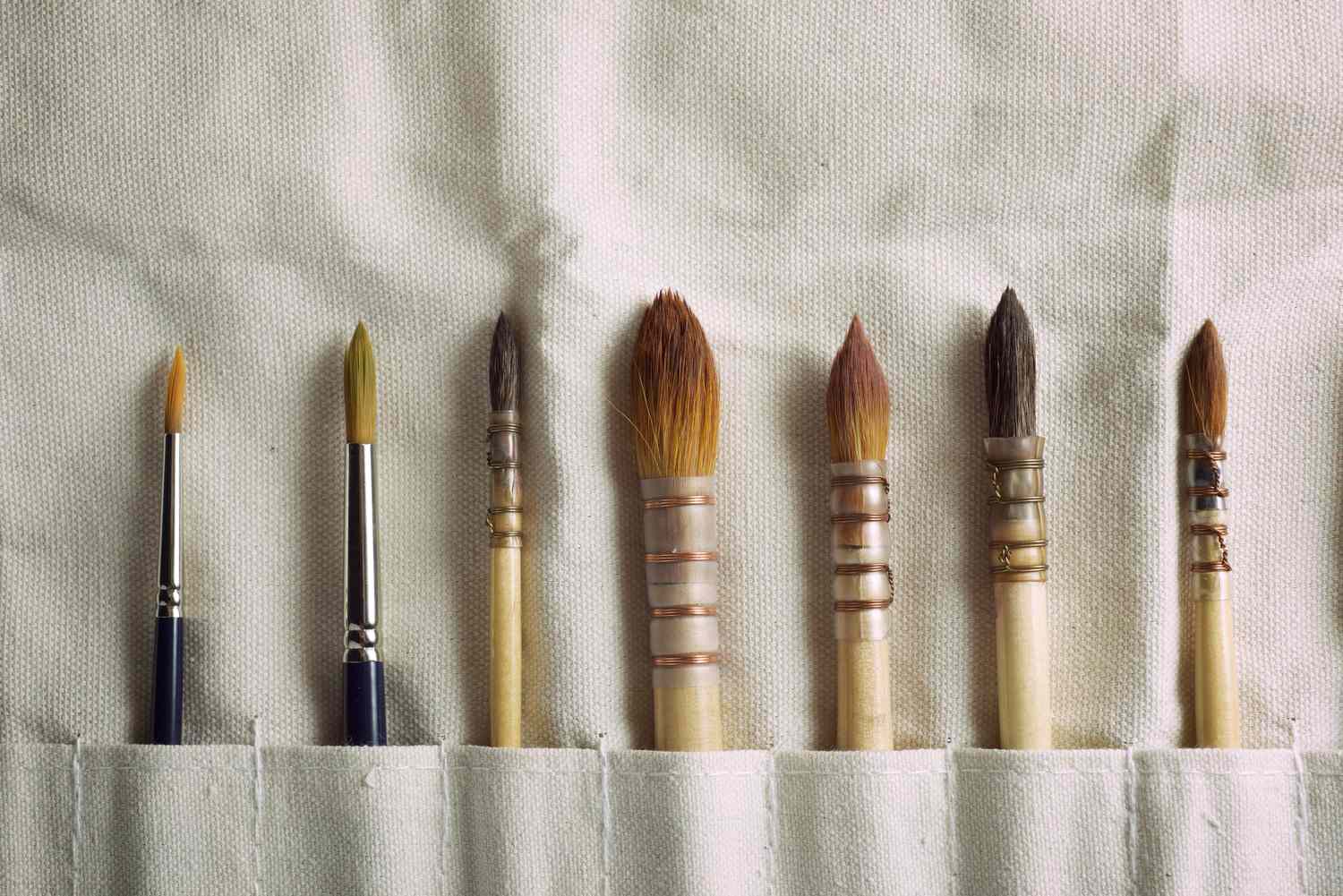
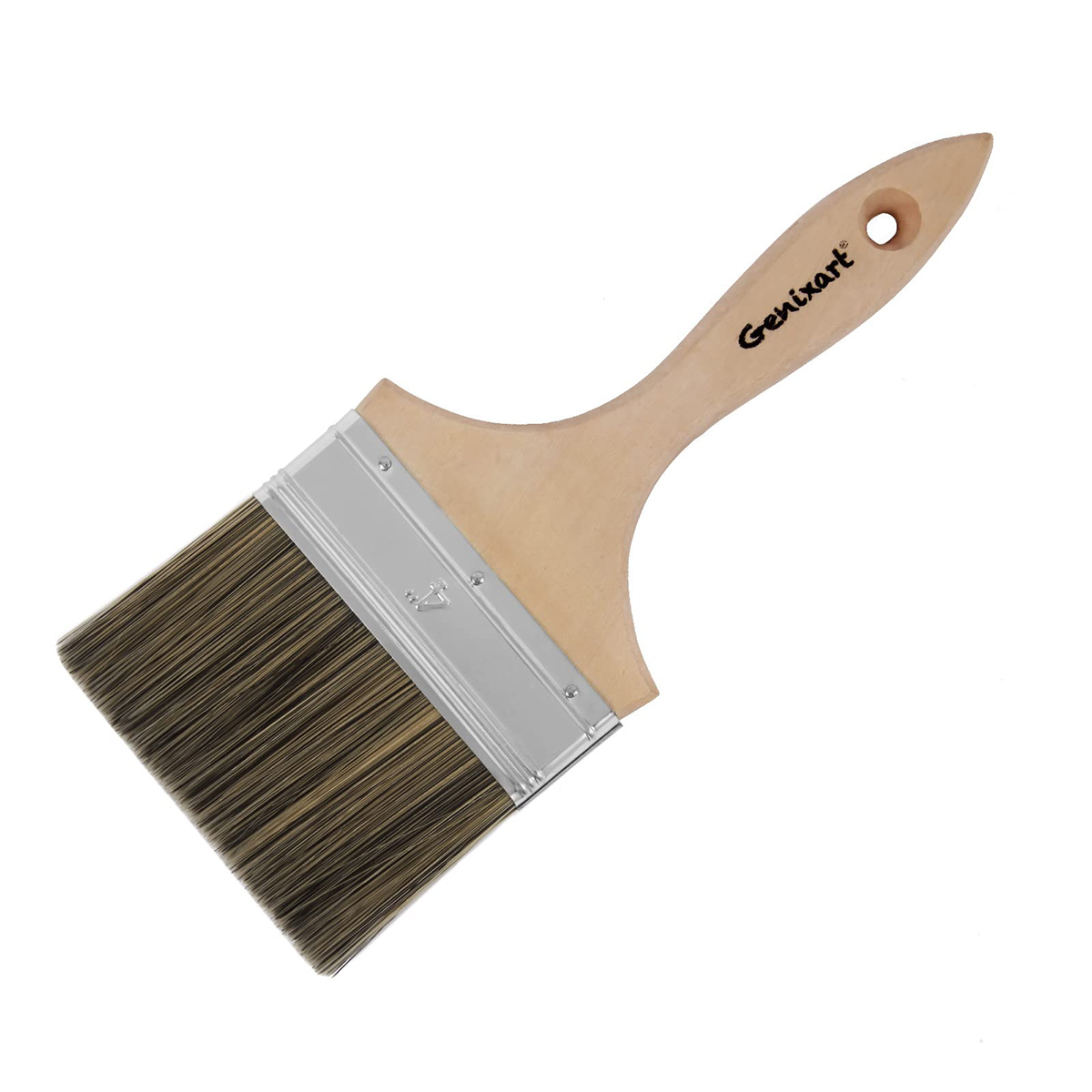
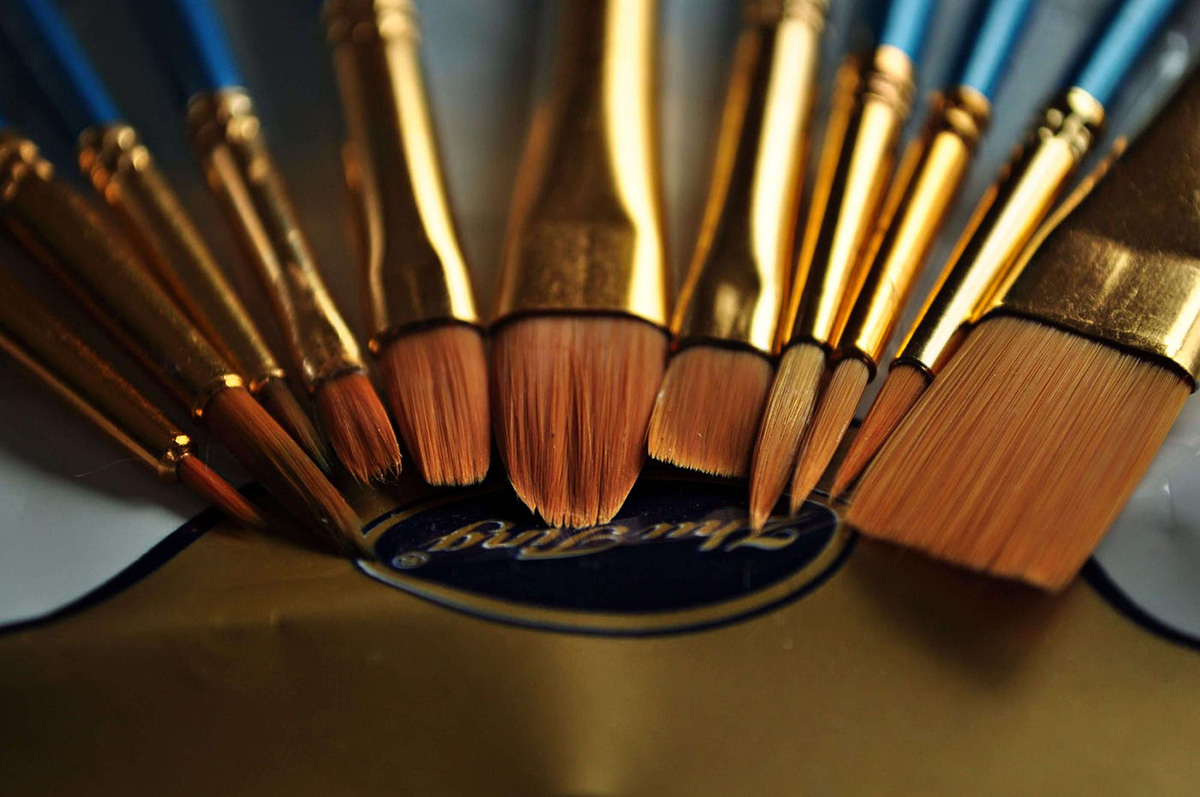
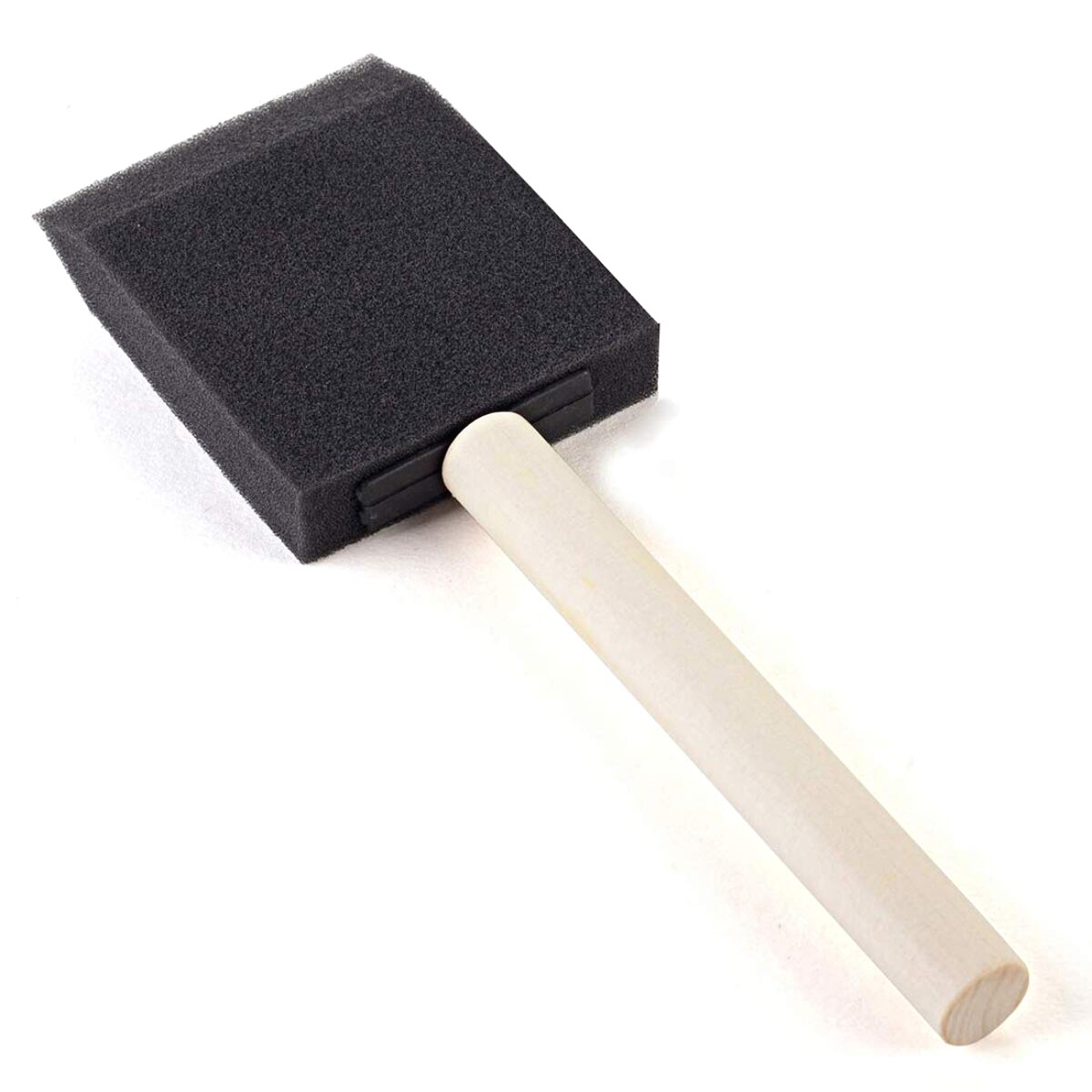
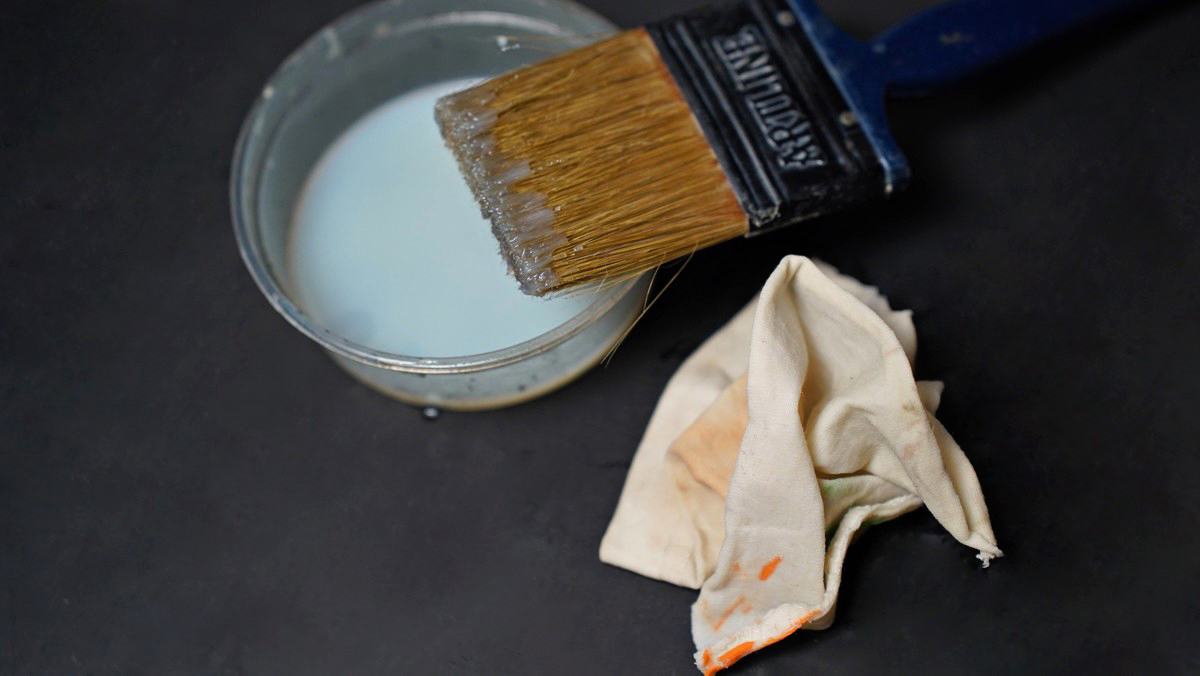
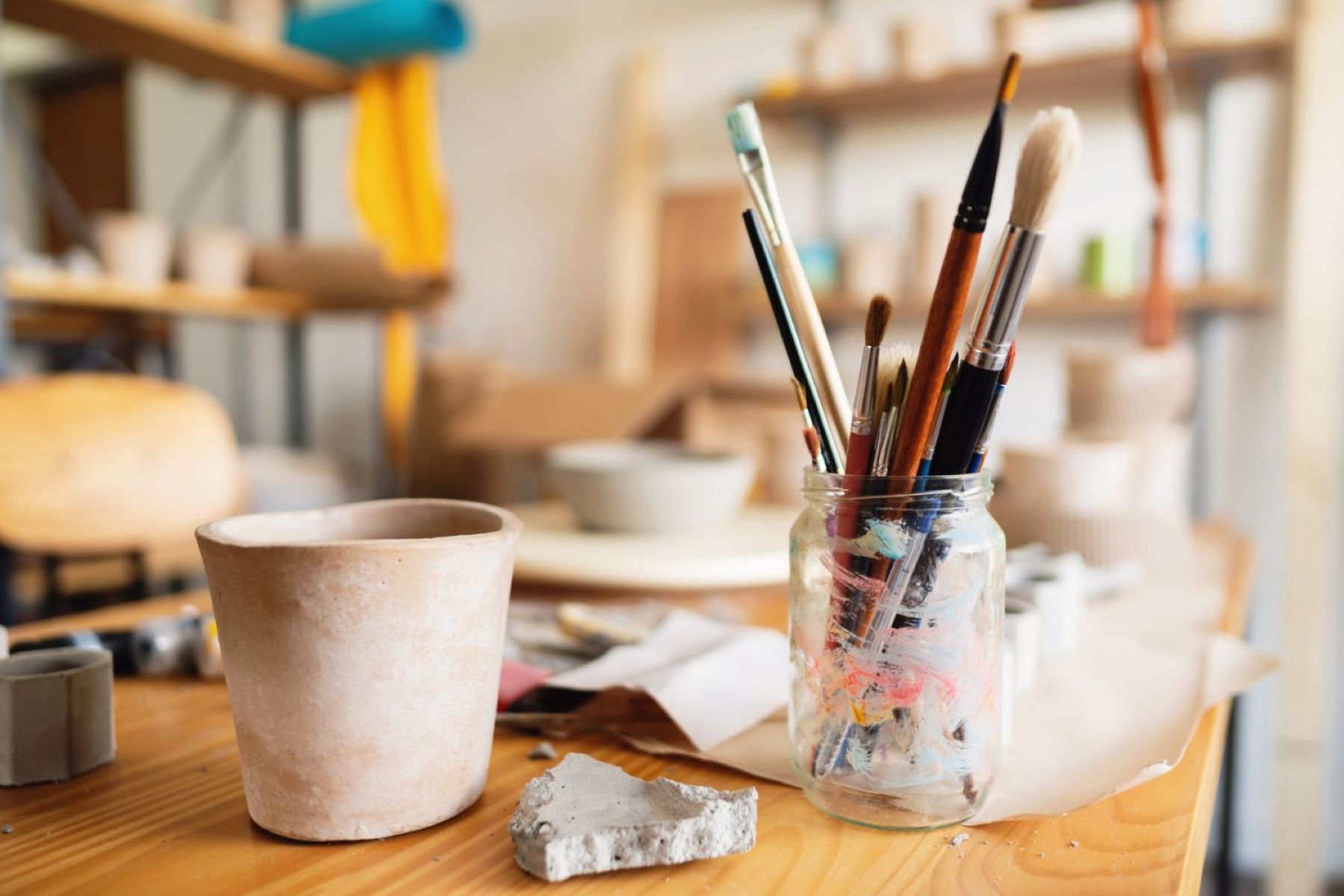
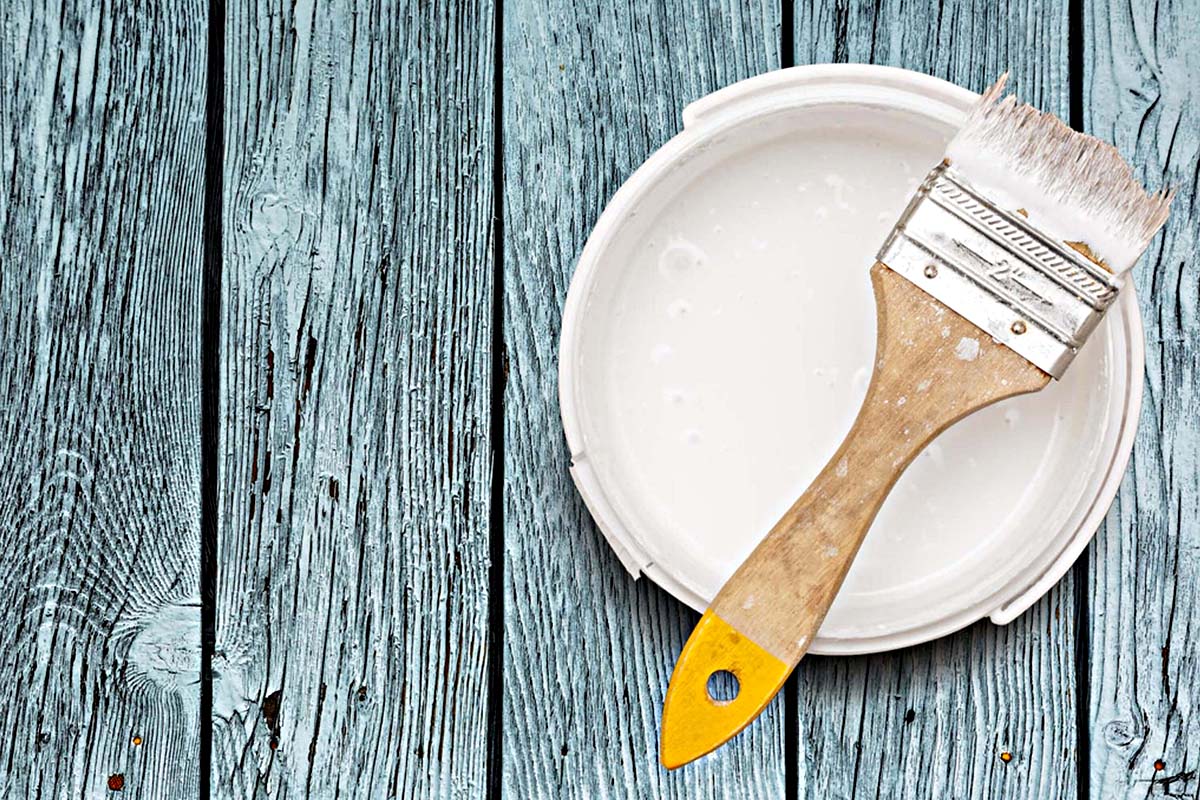
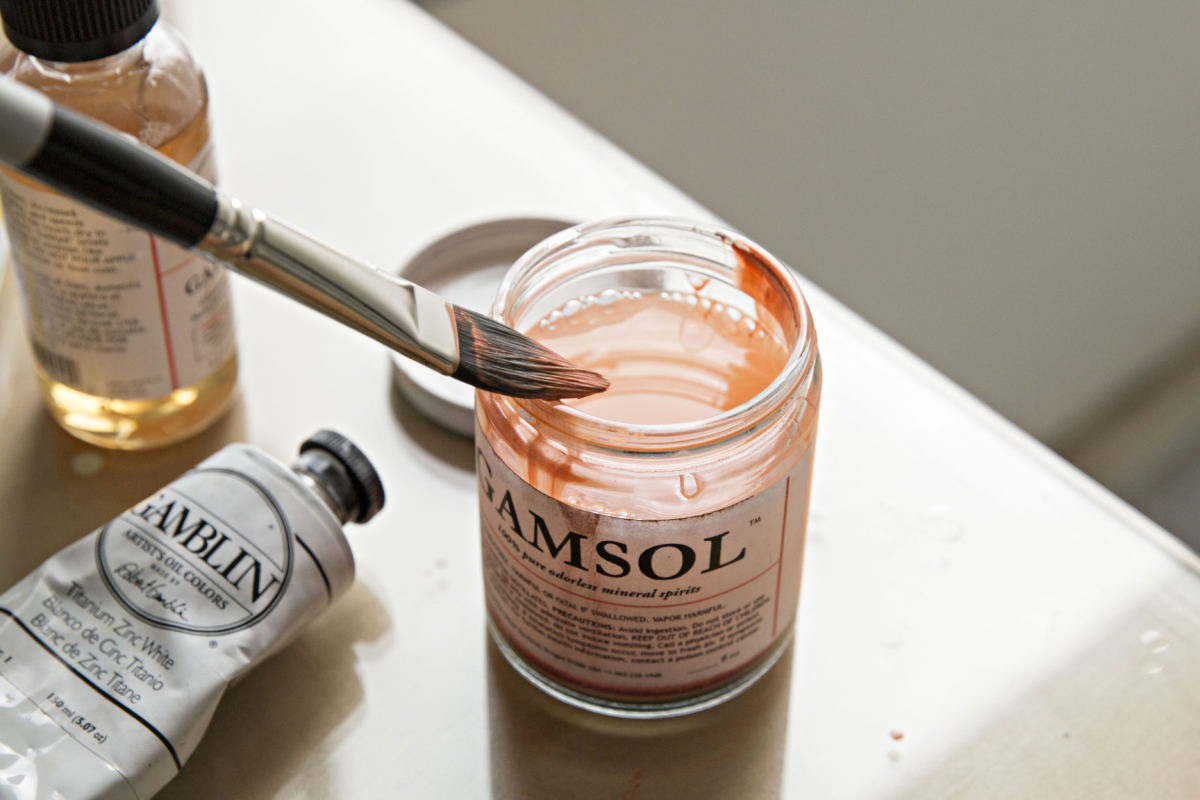

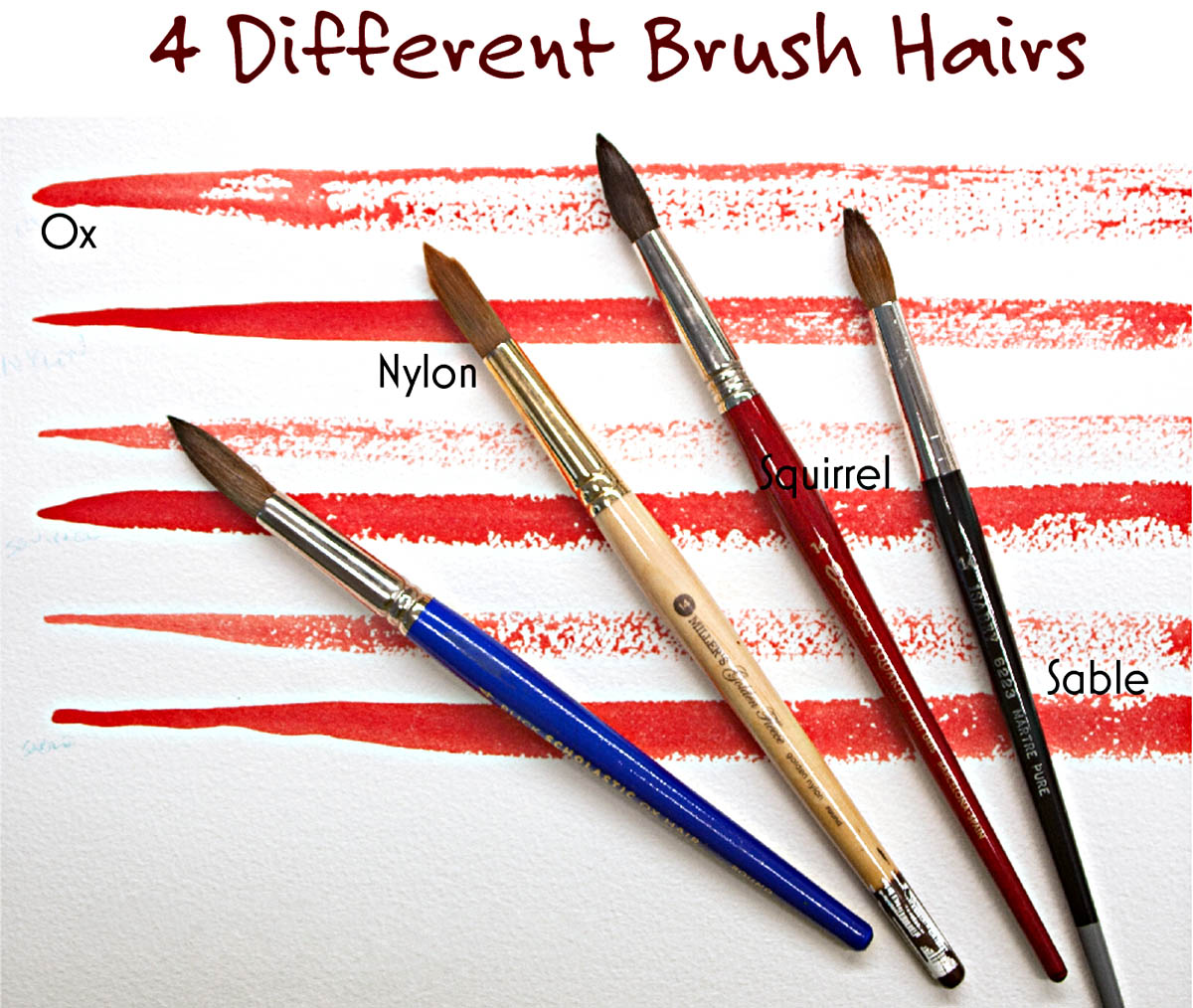
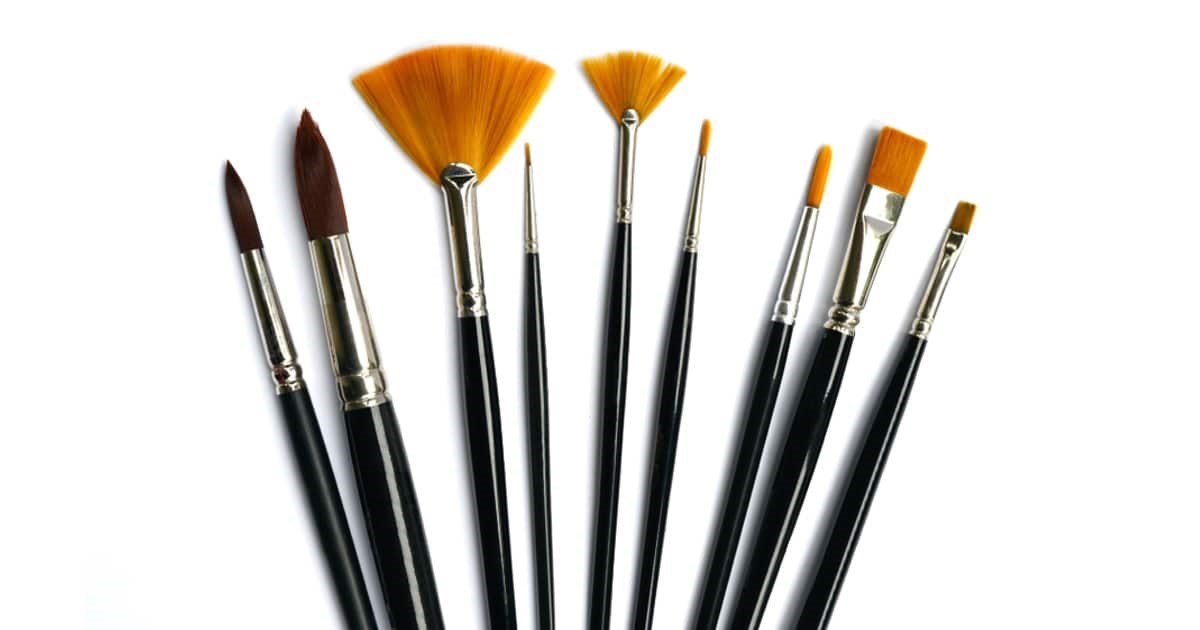
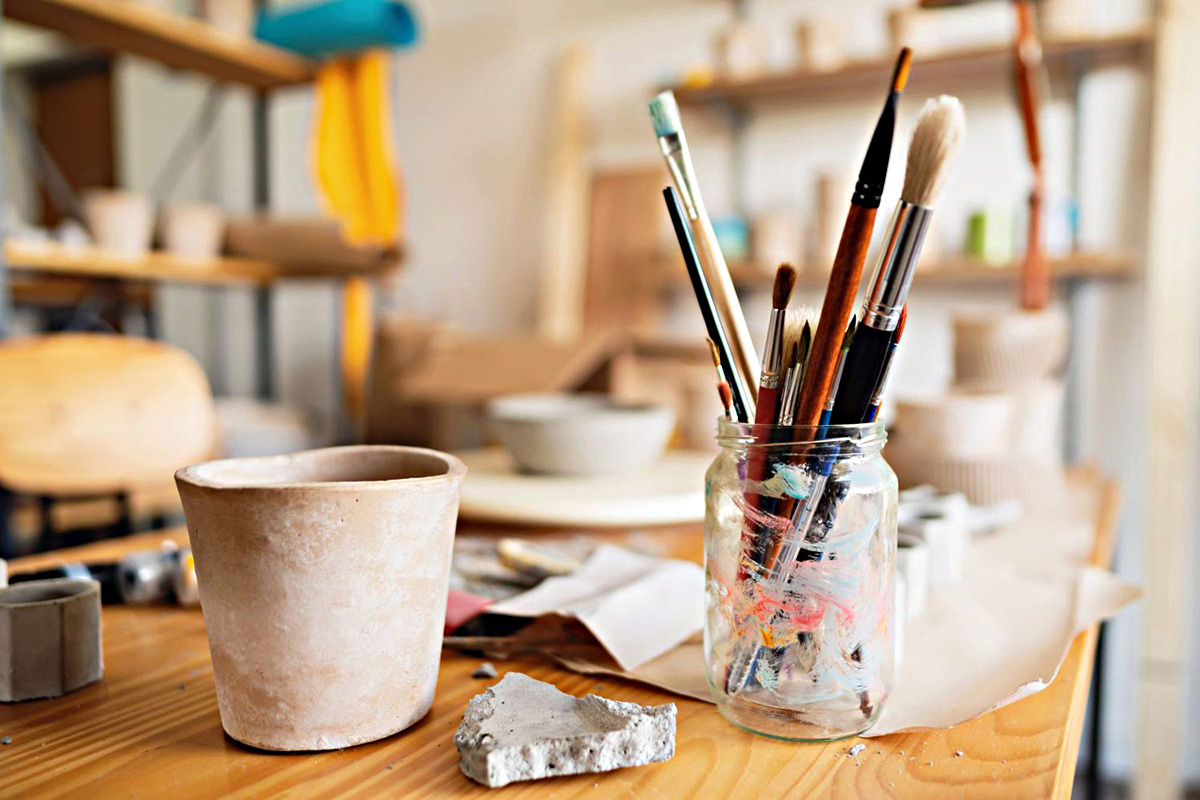

0 thoughts on “How To Take Care Of Paint Brushes”